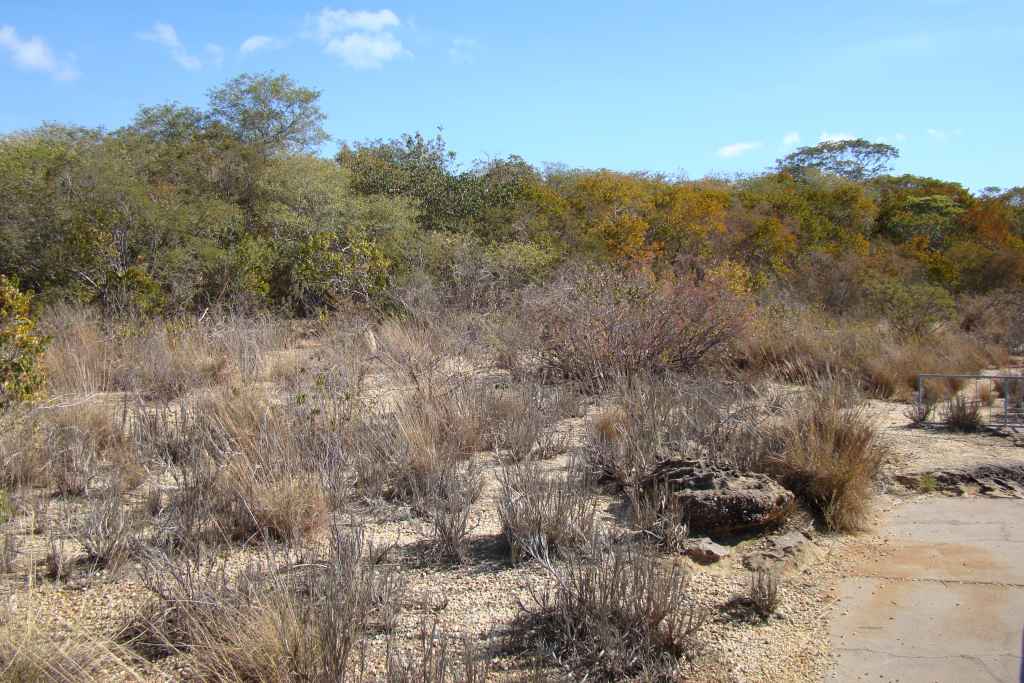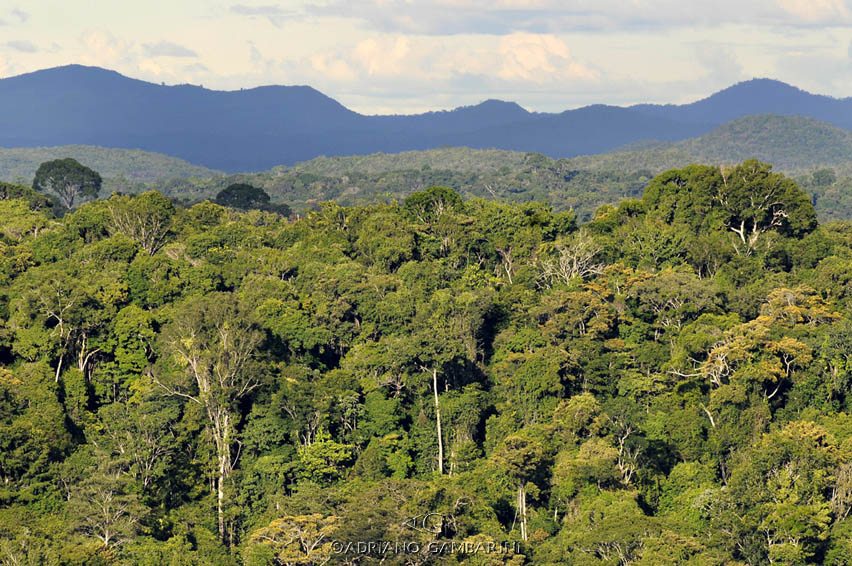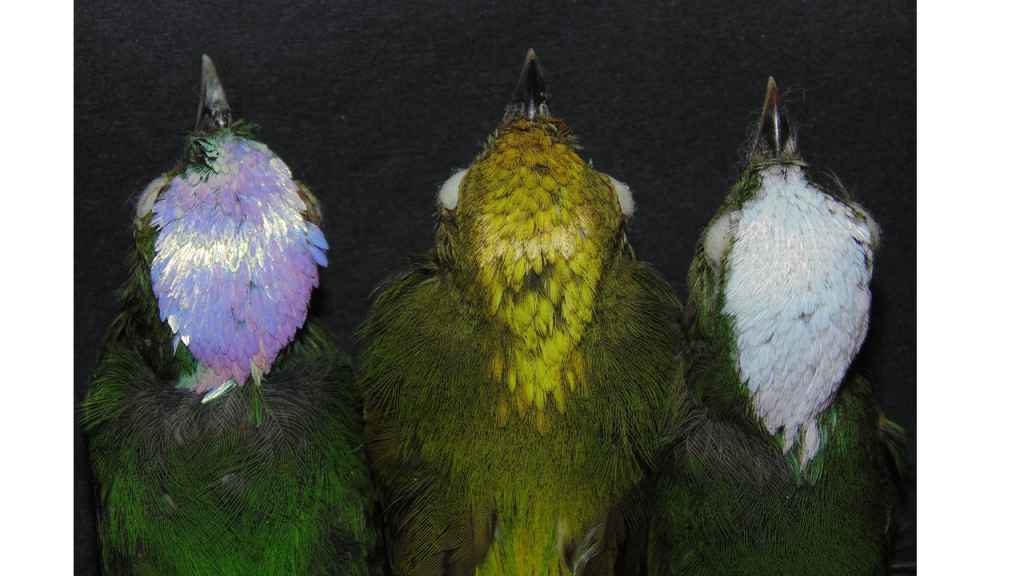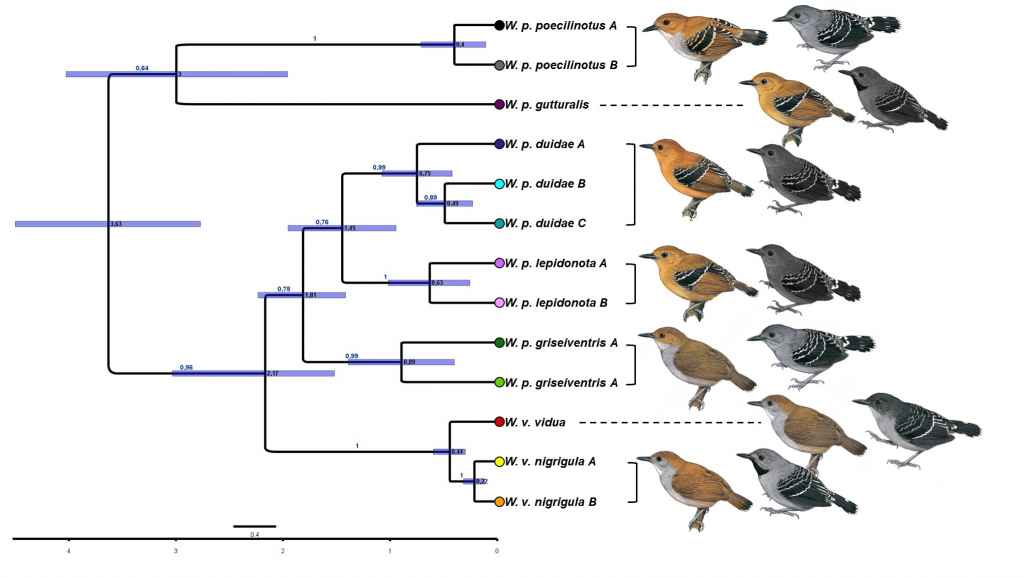Alexandre Aleixo
Curator and Docent
|
I am curator of the ornithological, osteological, and vertebrate tissue collections at the Finnish Museum of Natural History. I collect and use specimens deposited in biological collections to study the evolutionary processes driving the diversification of modern birds and other vertebrate taxa, and include the fields of biogeography, historical ecology, genomic adaptation, molecular systematics, phylogeography, and taxonomy. I am currently Subject Editor for Biogeography and Systematics of the Journal of Ornithology and Associate Editor of the journal Ornithology Research. I am also a Trustee of the “Trust for Avian Systematics” and coordinate de South America geographic group in charge of updating the Howard and Moore Checklist of the Birds of the World. I am also the leader of the Laboratory of Avian Diversity – LADY, which along the years has been joined by dozens of undergraduate, Master´s and Doctoral students and post-docs. |
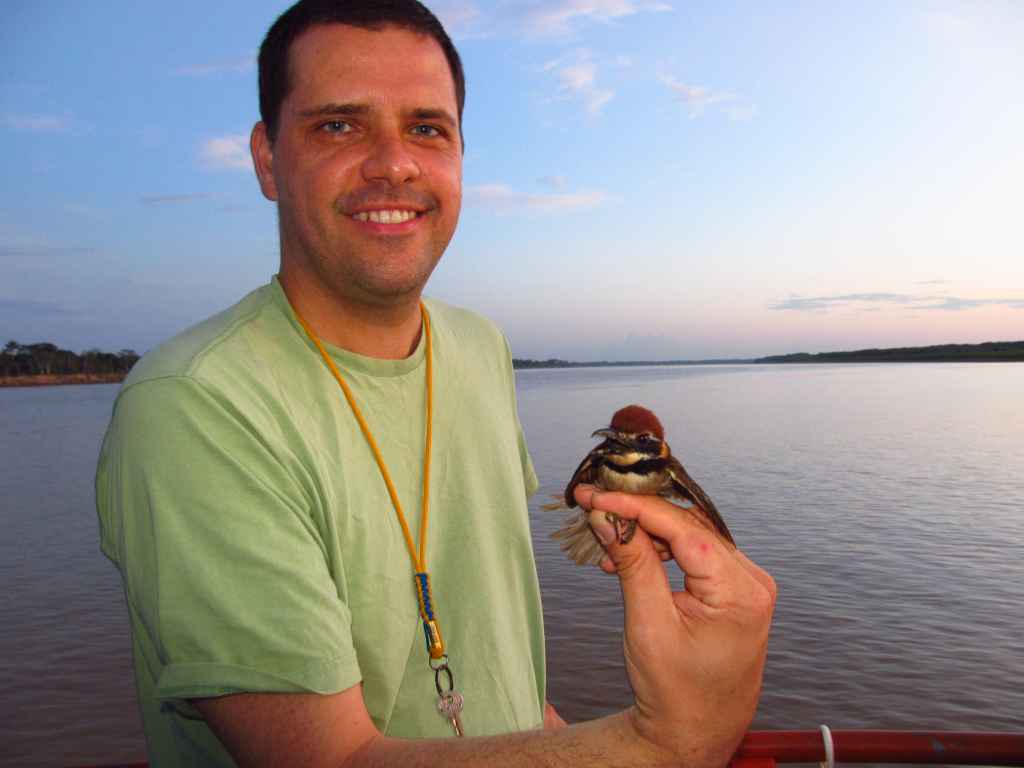 |
Research topics |
Publications and activities |
Research group
Laboratory of Avian Diversity – LADY
LADY in the media!
LADY in the media!
Description d’une nouvelle espèce d’oiseau en Amazonie, le Platyrhynque ou Bec-plat cryptique
The screech owl named for Sr. Dorothy Stang is a tribute 'symbolic of her life'
Corujas amazônicas são descobertas, e uma delas é batizada em homenagem a Dorothy Stang
More than meets the eye: How many species does the bird genus Dendrocolaptes contain?
Amazonin linnuston monipuolisuus pohjautuu ilmaston muinaisiin vaihteluihin
Mixing Motmots: A hybrid between Rufous and Amazonian Motmot in Brazil
Diversificação das aves amazônicas dependeu dos rios e do clima
Ave do Pará surgiu da rara mistura de duas espécies
Ave da Amazônia se originou de processo de hibridização
Análise de DNA revela origem da diversidade de aves ne espécies da Amazônia
Laboratory of Avian Diversity – LADY
|
Doctoral student Carlynne Simões finished her MSc thesis on the flycatcher genus Rhynchocyclus in 2018, which resulted in the description of a new species to be published soon. She is now supervised by Péricles Sena do Rêgo and Aleixo and works on her PhD studying the diversification history and species limits of another widespread Neotropical bird lineage: the woodcreepers of the genus Glyphorynchus (Dendrocolaptidae). |
 |
|
Doctoral student Leilton Luna is working on the diversification history of Amazonian birds associated with seasonally flooded forests.
|
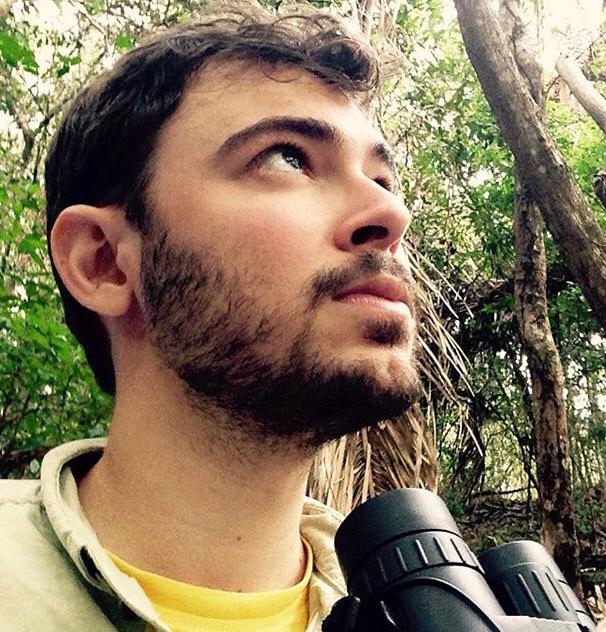 |
|
Doctoral student Renata Biancalana is working on the phylogeny and diversification of swifts (Apodidae). |
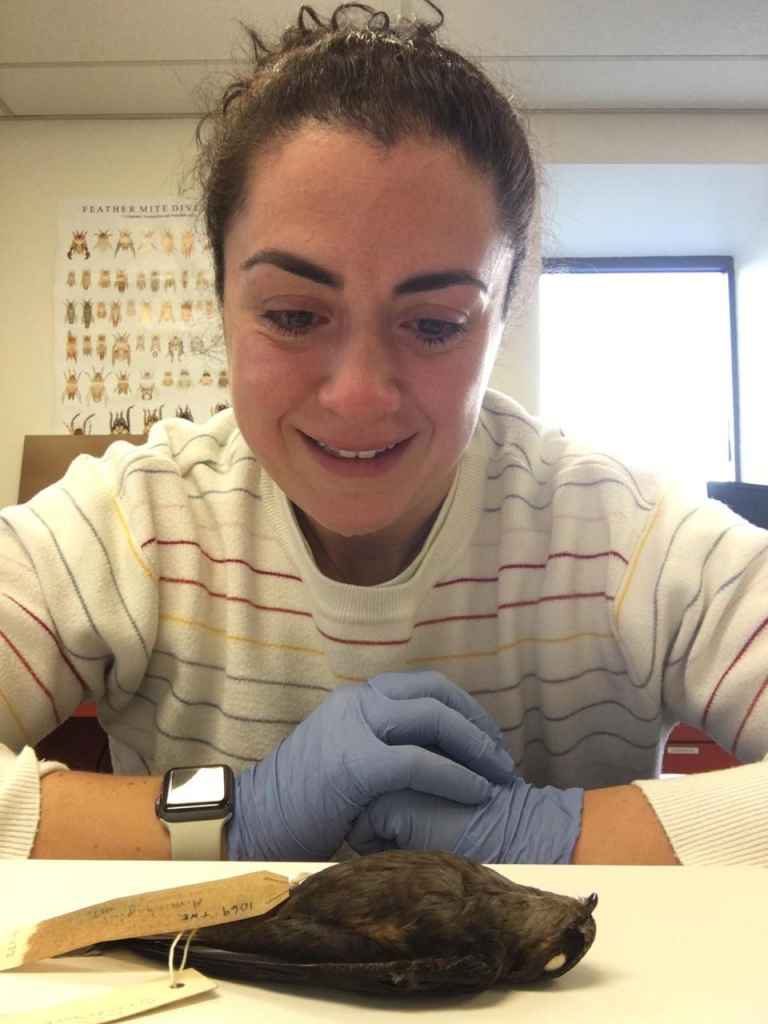 |
Gone but not forgotten! |
|
Post-doctoral Researcher Alexandre Fernandes joined the group between 2012 and 2014 to carry out his project on the diversification of the Slaty Antshrike species complex. Part of his work developed in the group can be found at: https://researchportal.helsinki.fi/fi/publications/the-effects-of-climate-change-on-the-distribution-of-south-americ Currently, he is Adjunct Professor at Universidade Federal Rural de Pernambuco, UFRPE in Serra Talhada, Brazil and head of the Laboratório de Ornitologia UAST/UFRPE. |
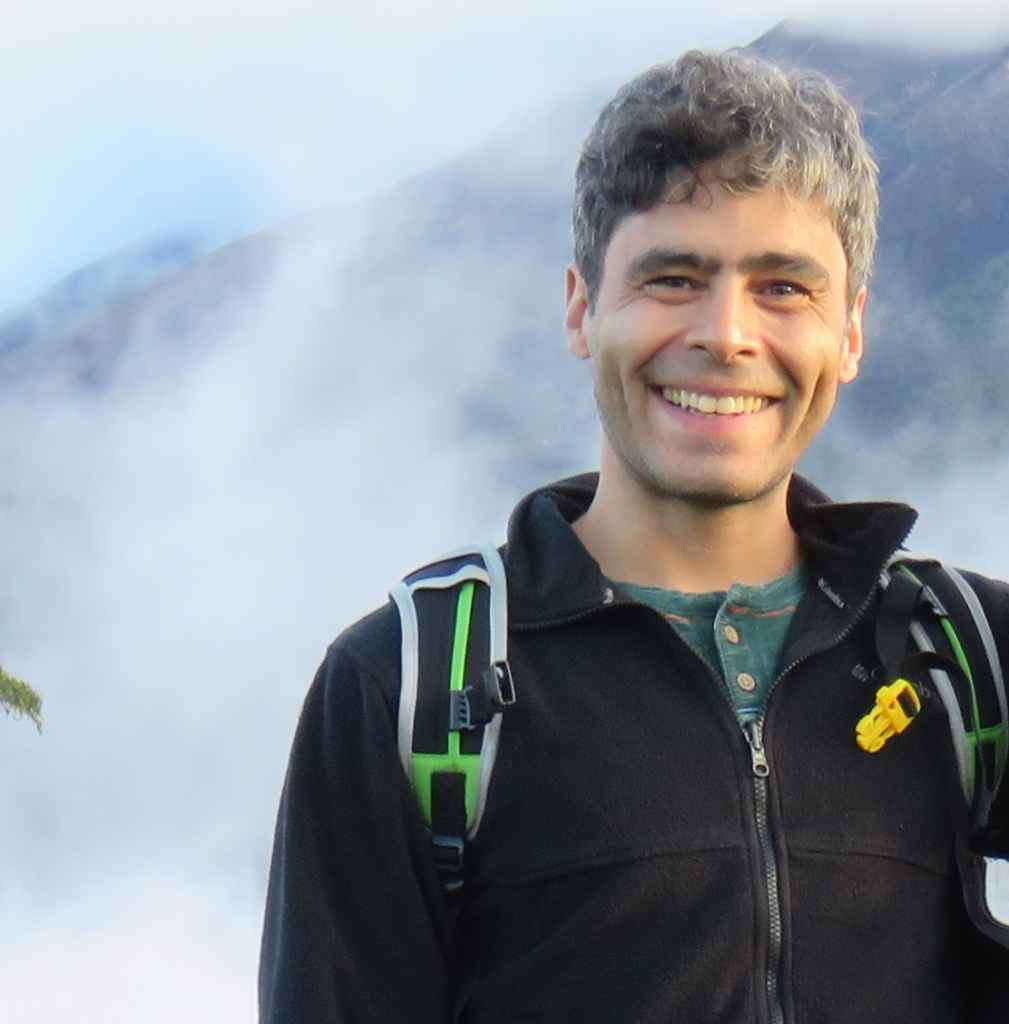 |
|
Áurea Cronemberger was a PhD student in the group between 2015 and 2019, successfully defending her Dissertation on the diversification and species limits in the Warbling Antbird complex. So far, her PhD work resulted in one publication. Twitter: @AureaCronemberg |
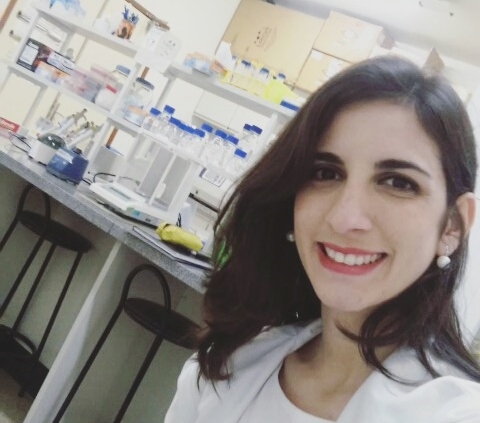 |
|
Master´s student Bruno Almeida finished his MSc thesis in the group in 2013. His thesis focused on the phylogegraphy of the Spotted Puffbird Bucco tamatia. |
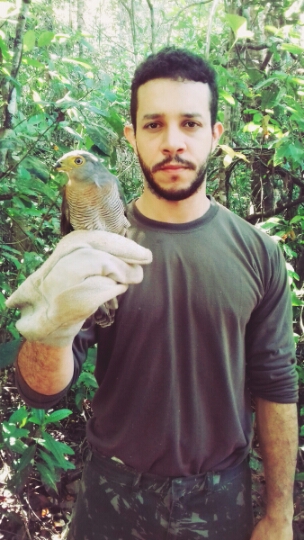 |
|
|
Greg Thom completed his Master´s on the diversification and species limits in the White-shouldered Antshrike in 2012. He is currently a Postdoctoral researcher at the American Museum of Natural History. |
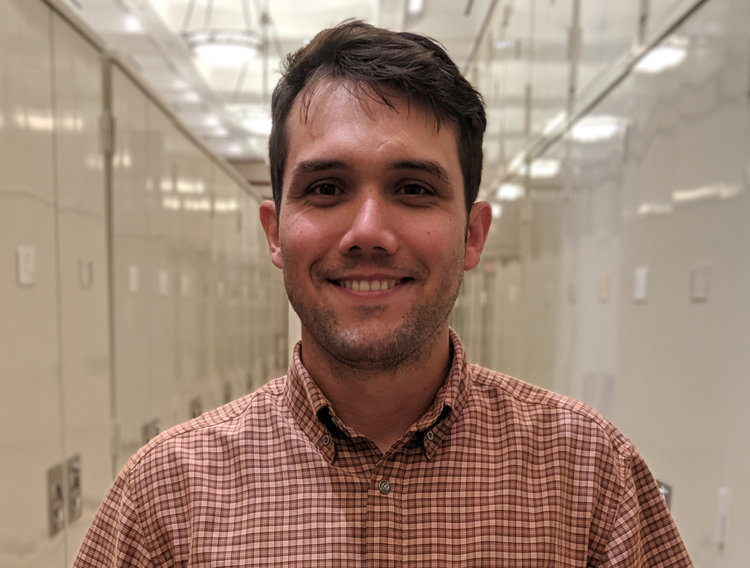 |
|
Leonardo Miranda completed his Master´s on the diversification and species limits in the Iheringi´s Antwren species complex in 2011, which resulted in the description of a new species. He continued in the group as a PhD student to conduct his studies on Cymbilaimus antshrikes and Microcerculus wrens, earning a Doctoral degree in 2015. He is currently a Postdoctoral researcher at the Goeldi Museum in Brazil. Twitter: @miranda_le0 |
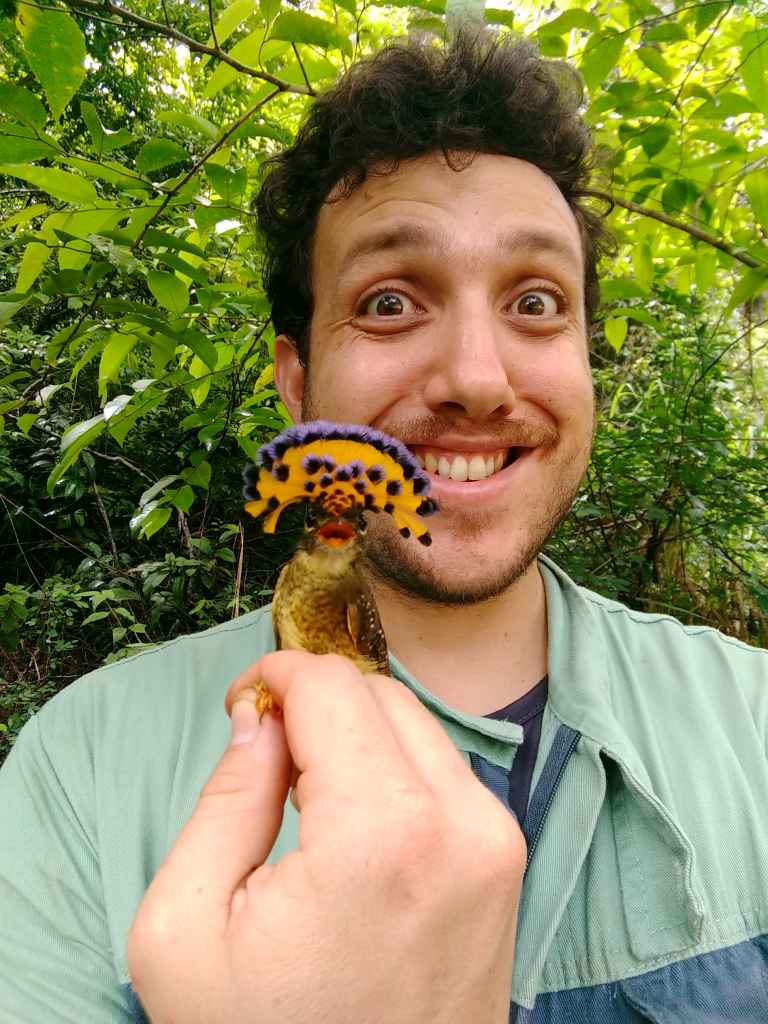 |
|
Lincoln Carneiro completed his Master´s on the diversification and species limits in the Spotted Antpitta species complex in 2011, which resulted in the description of a new species. He continued in the group as a PhD student to develop his studies on Grallariidae birds, earning a Doctoral degree in 2015. Two papers derived from his PhD work can be found at: https://researchportal.helsinki.fi/en/publications/molecular-systematics-and-biogeography-of-lowland-antpittas-aves- and https://researchportal.helsinki.fi/en/publications/phenotypic-similarity-leads-to-taxonomic-inconsistency-a-revision Currently, he is Adjunct Professor at Universidade Federal do Pará (UFPA). Twitter: @LincolnCarneir4 |
 |
|
Lucas Araújo Silva completed his Master´s on the diversification and species limits in the Straight-billed Hermit species complex in 2012. He continued in the group as a PhD student to develop his studies on Phaethornis hermits, earning a Doctoral degree in 2017. |
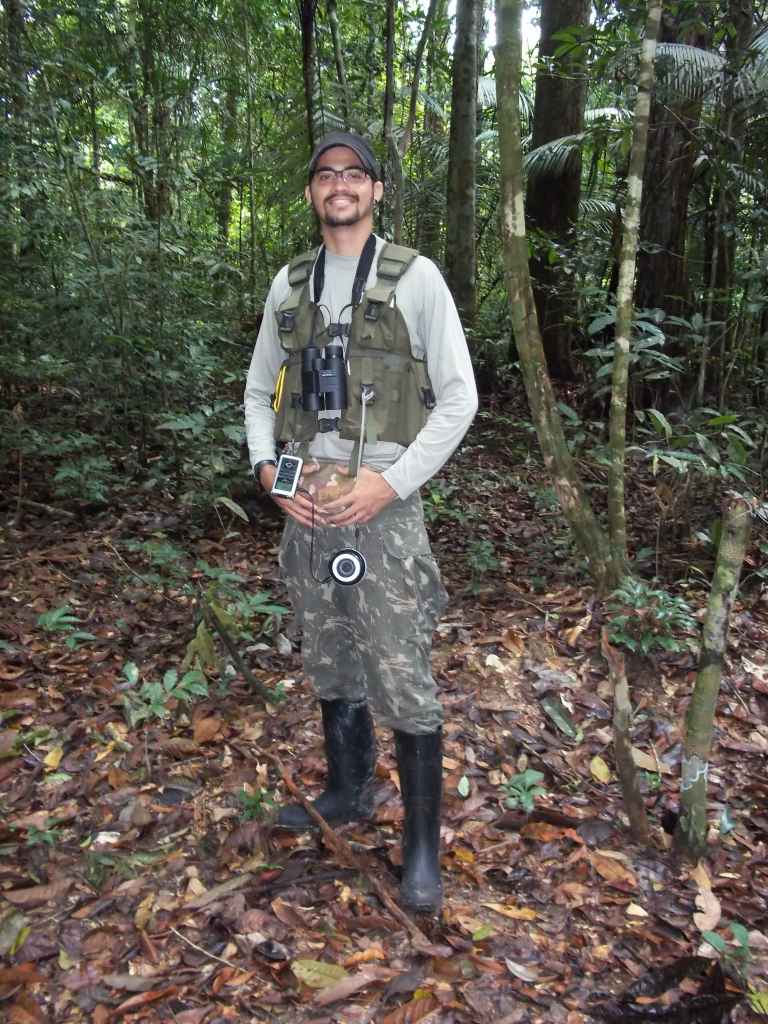 |
|
Master student Mateus Ferreira finished his MSc thesis in the group in 2013. His thesis focused on the phylogeny and species limits in the Neotropical puffbird genus Malacoptila. Currently, he is Adjunct Professor at Universidade Federal de Roraima in Brazil and Research Associate at the Department of Ornithology of the American Museum of Natural History. Twitter: @mateusfbio |
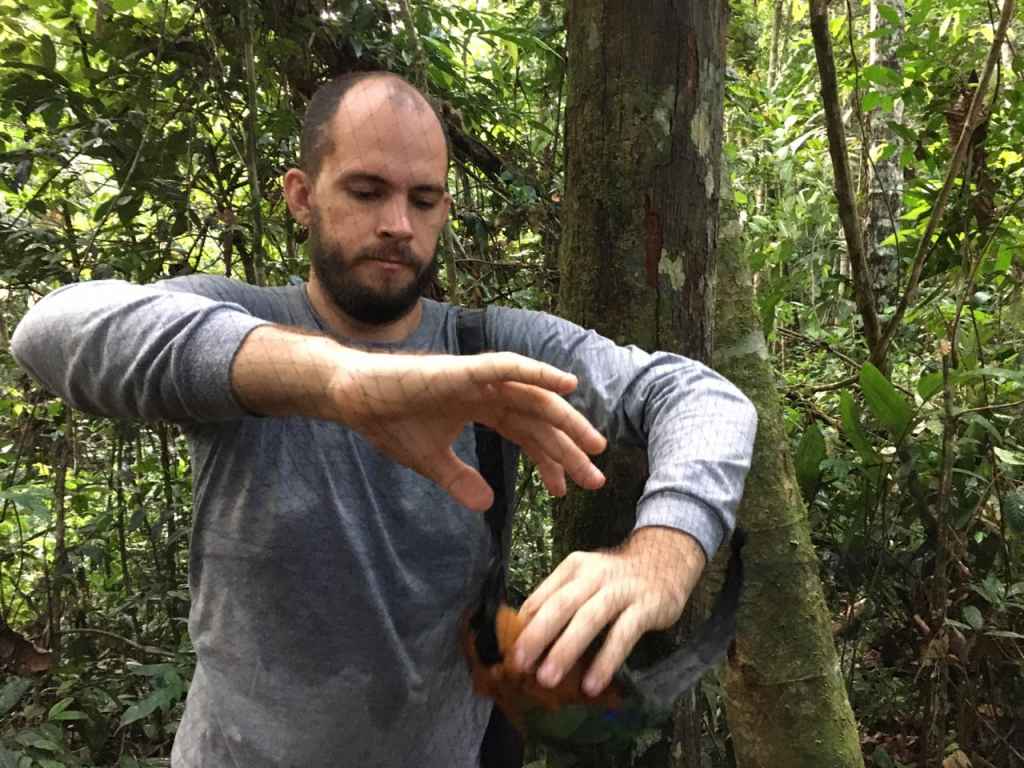 |
|
Marcelo Silva was a PhD student in the group between 2016 and 2020, successfully defending his Dissertation on the biogeographical connections between the northeastern Brazilian Atlantic Forest and eastern Amazonia. |
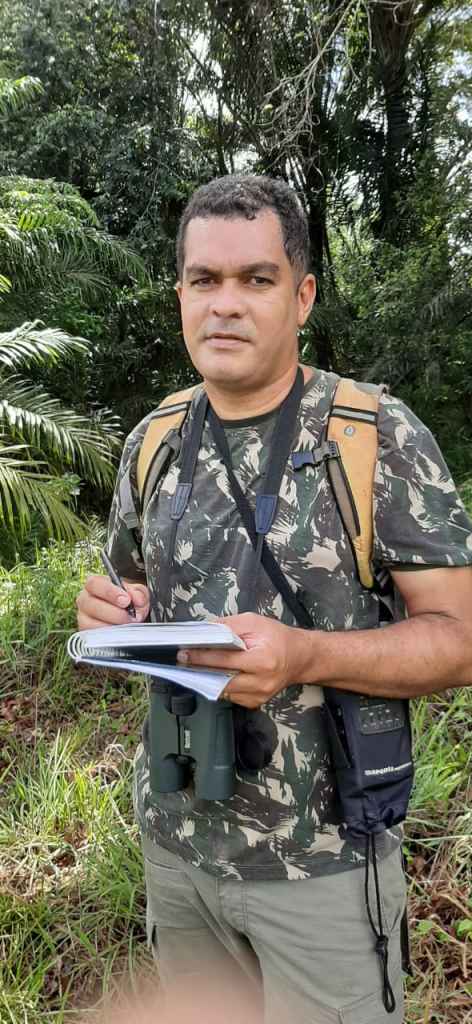 |
|
Nárgila Moura was a PhD student in the group between 2010 and 2014, successfully defending her Dissertation on the composition and dynamics of bird communities associated with distinct land-use patterns in the Brazilian Amazon. Her PhD dissertation resulted in the following papers: Twitter: @NargilaMoura |
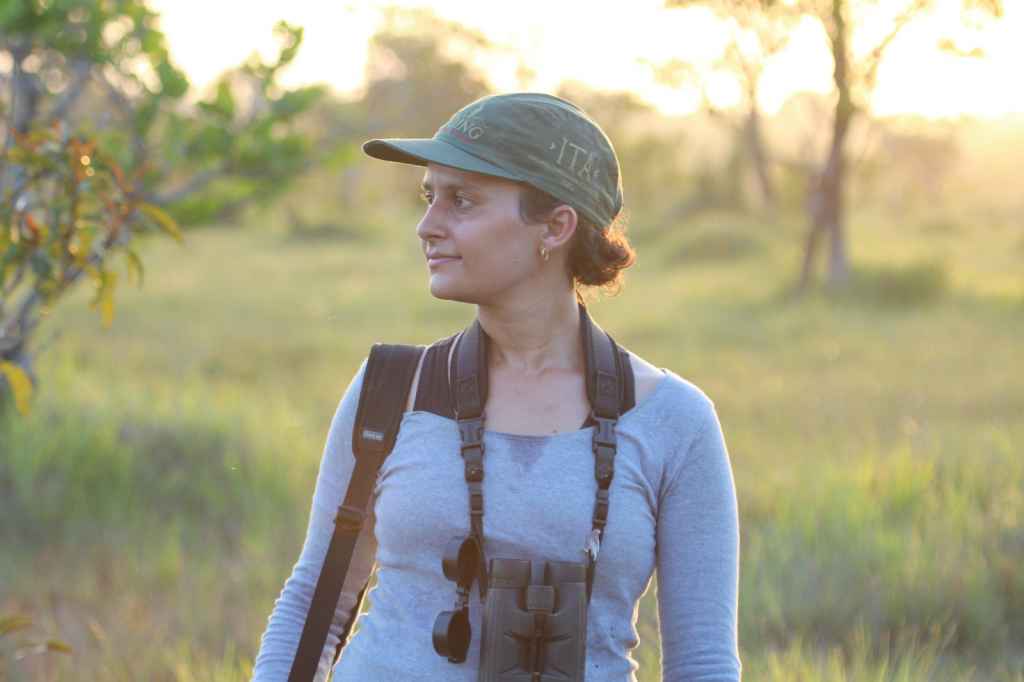 |
|
Pablo Vieira Cerqueira completed his Master´s on the diversification and species limits in the Black-billed Thrush species complex in 2014. He continued in the group as a PhD student to develop his studies on Caatinga birds, earning a Doctoral degree in 2019. |
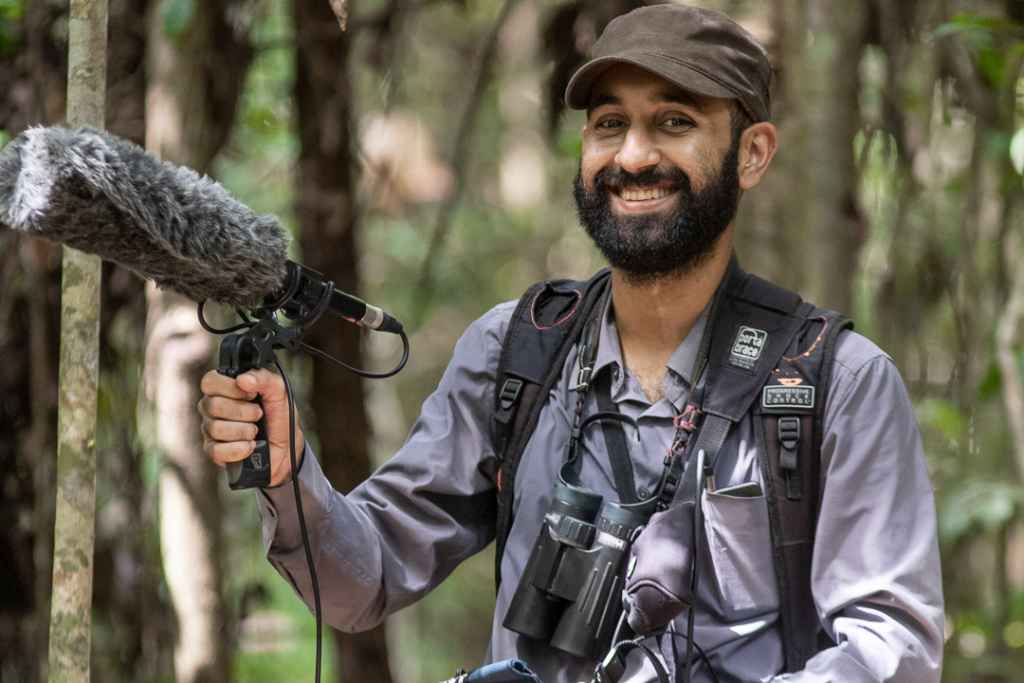 |
|
Post-doctoral Researcher Pedro Peloso joined the group between 2014 and 2017 to carry out his project on the diversification of Amazonian frogs. Part of his work developed in the group can be found at: https://researchportal.helsinki.fi/fi/publications/phylogeny-of-map-tree-frogs-boana-semilineata-species-group-with- |
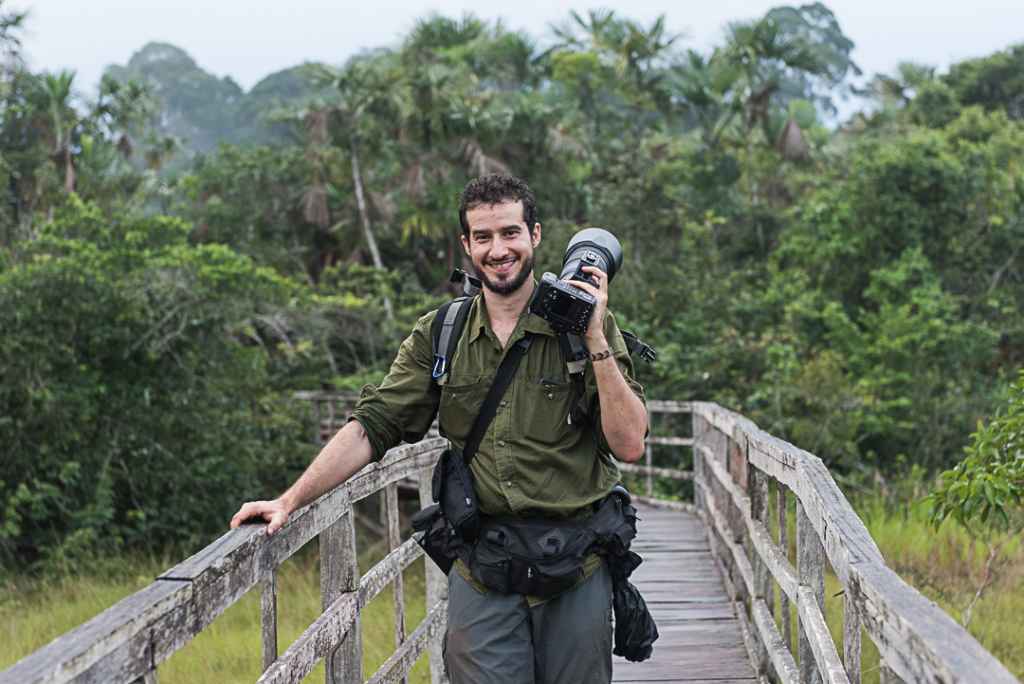 |
|
Romina Batista completed her Master´s on the diversification and species limits in the Amazonian Barred-Woodcreeper species complex in 2012, which resulted in the description of a new species. She is currently a Postdoctoral researcher at INPA in Manaus, Brazil. Twitter: @RominaSSBatista |
 |
|
Roxiris A. Azuaje Rodríguez completed her Master´s on the diversification and species limits in the Amazonian woodecreeper genus Hylexetastes in 2017. She is currently a Doctoral student at UFRGS in Porto Alegre, Brazil. |
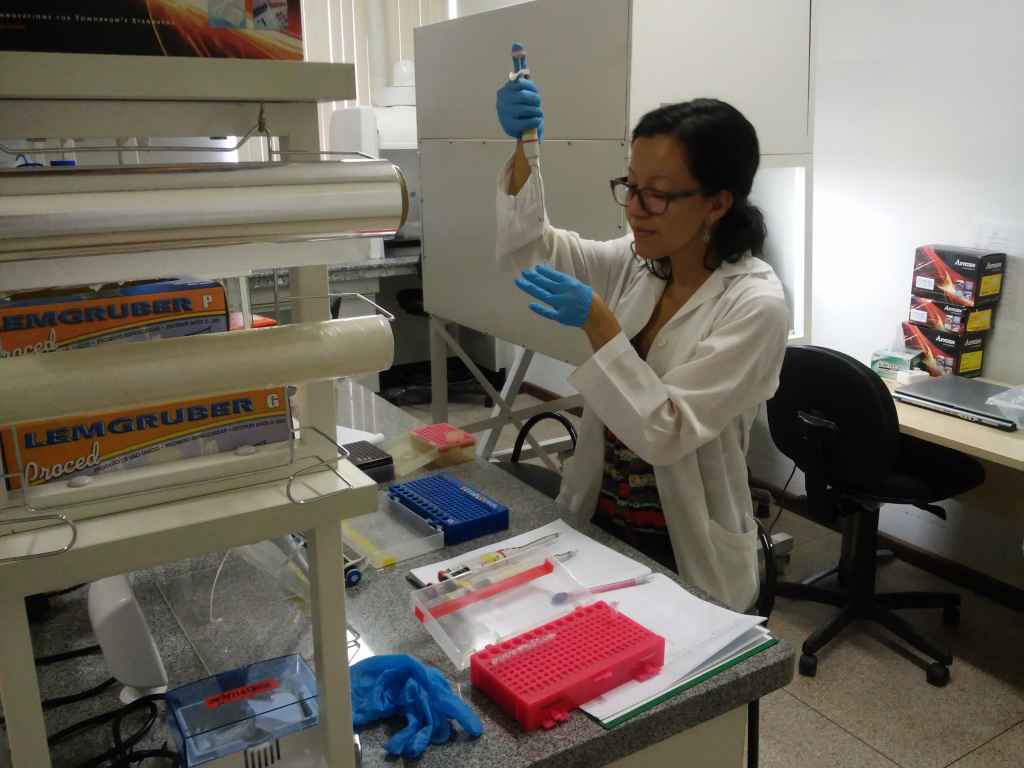 |
|
Sidnei Dantas was a PhD student in the group between 2010 and 2013, successfully defending his Dissertation on the systematics and diversification of Megascops owls. A published chapter of his Dissertation can be found at: https://researchportal.helsinki.fi/fi/publications/molecular-systematics-of-the-new-world-screech-owls-megascops-aye He continued in the group until 2018 as a Postdoctoral researcher working on the phylogeography of the Wing-barred Piprites. |
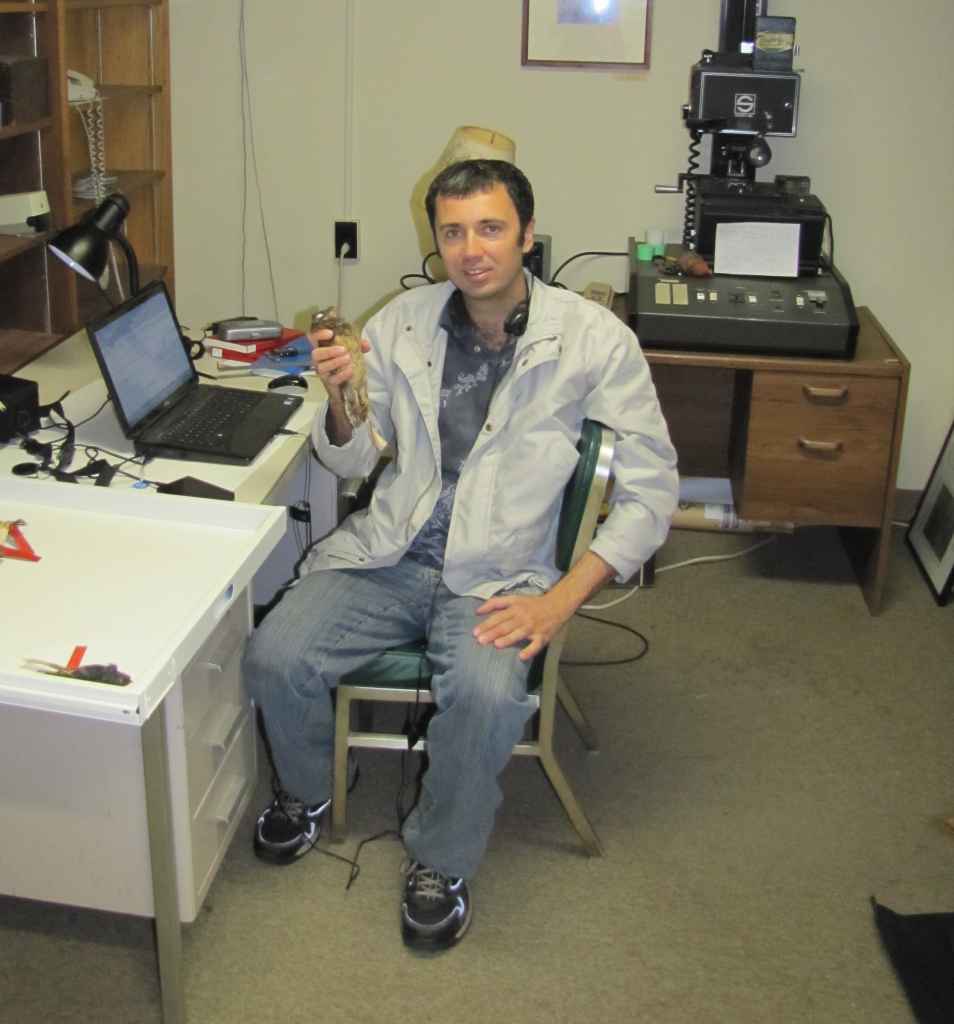 |
|
Post-doctoral Researcher Silvia Pavan joined the group briefly in 2017 to carry out her project on the description of new species of marsupials from the Amazon. |
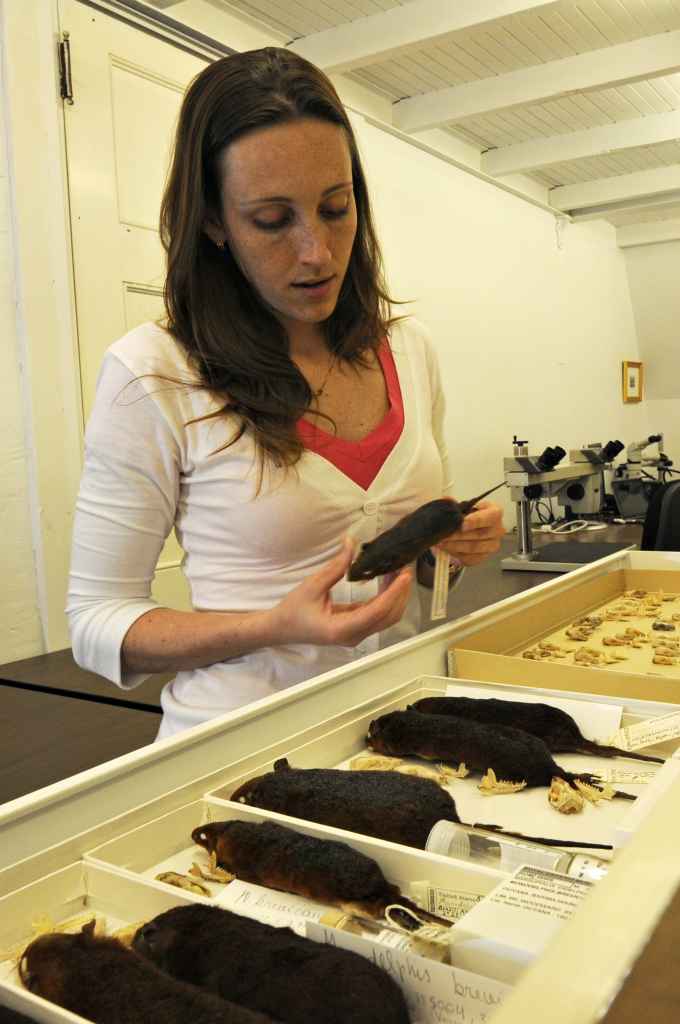 |
|
Post-doctoral Researcher Sofia Marques Silva joined the group between 2014 and 2018 to carry out projects on the diversification of Amazonian birds and South American lagomorphs. Some representative publications resulting from her work in the group can be found at: https://researchportal.helsinki.fi/fi/publications/a-dynamic-continental-moisture-gradient-drove-amazonian-bird-dive and https://researchportal.helsinki.fi/fi/publications/illuminating-the-obscured-phylogenetic-radiation-of-south-america Currently, she is researcher at the Research Centre in Biodiversity and Genetic Resources, CIBIO/InBIO in Portugal. |
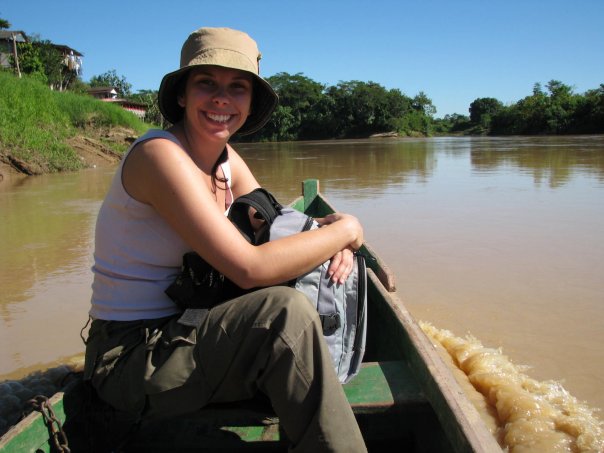 |
|
Master´s student Tania Quaresma finished her MSc thesis in the group in 2020. Her thesis focused on the phylogegraphy and species limits in the Amazonian endemic scale-backed antbirds (genus Willisornis). |
 |
|
Marcela Lima was a PhD student in the group between 2013 and 2016, successfully defending her Dissertation on the systematics and biogeography of capuchin monkeys belonging to the genus Sapajus. Her PhD dissertation resulted in the following papers: https://researchportal.helsinki.fi/fi/publications/capuchin-monkey-bioge... https://researchportal.helsinki.fi/fi/publications/a-phylogenomic-perspe... Currently, she is a Postdoctoral researcher at Universidade Federal do Pará (UFPA). |
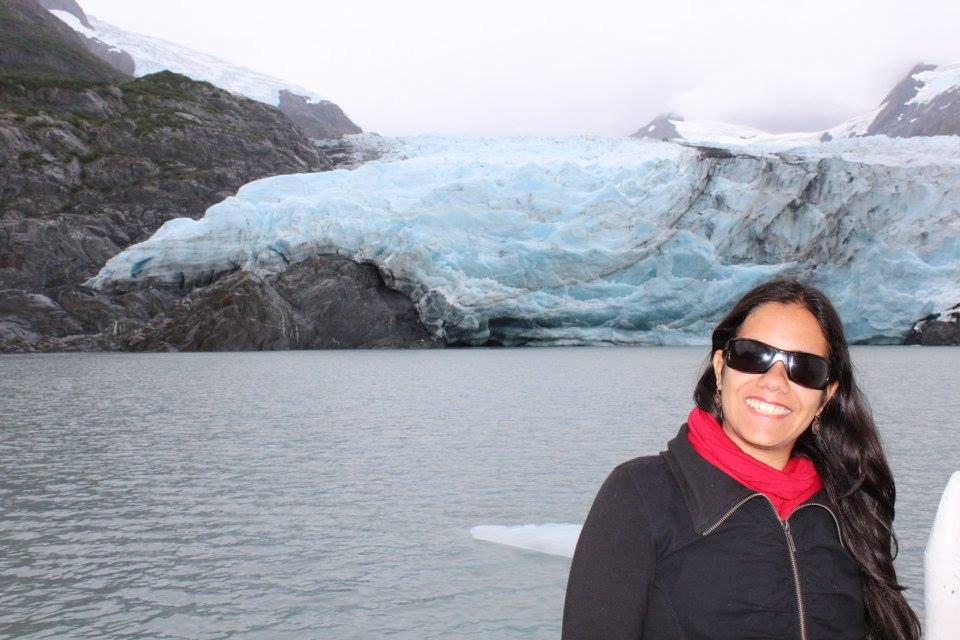 |

